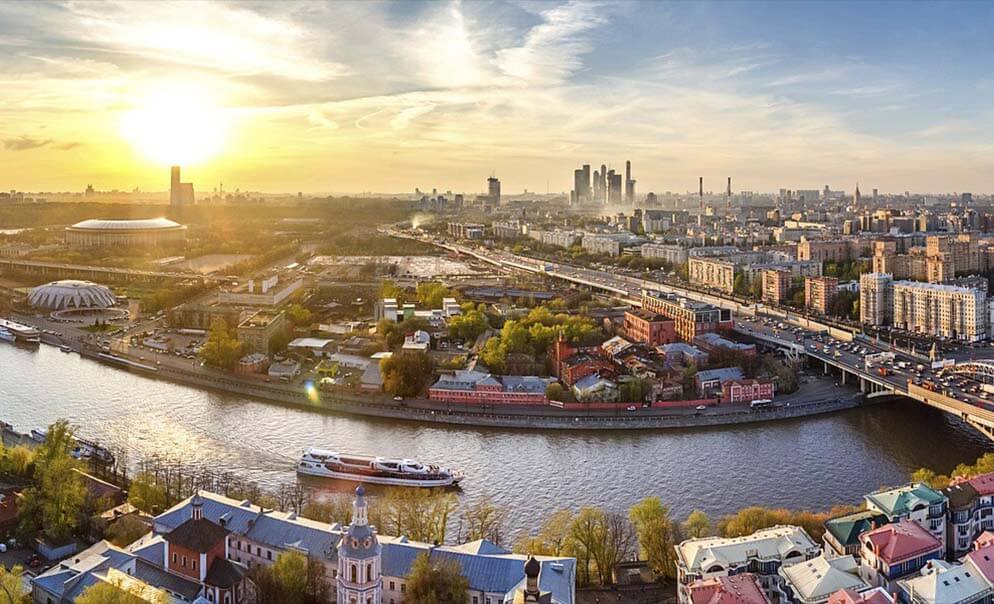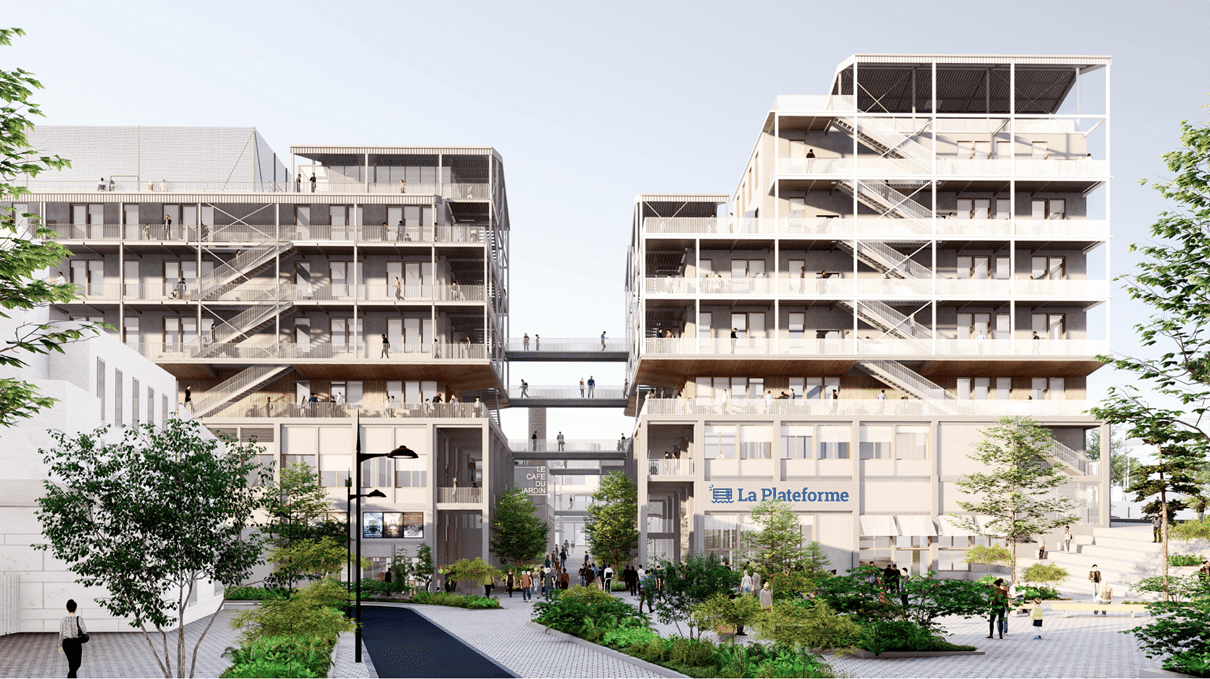News
[Open Letter] Thierry Déau: Why Investing in Priority Infrastructure is Crucial for Recovery

22.07.2021
All of them have the same degree of priority and urgency in order to respond effectively to the climate challenge, but also to the social challenge and the need for recovery. And all of these essential infrastructures require massive investments: despite the significant amounts announced in the recovery plans, the need is likely to be even greater!
We must prepare the energy mix of tomorrow without delay by developing more decentralized renewable energies and therefore more storage capacity.
We must urgently decarbonize and improve transportation, which means rebuilding public transportation, investing in charging stations for electric vehicles, in CNG or hydrogen stations, building intelligent transportation for carpooling…
In the ecological transition, water is a key issue. We need to make better use of it, recycle it, purify it and treat it. But also to recharge the water tables because water stress will affect more and more regions.
As for social infrastructures, they are just as necessary. One of the lessons of the health crisis is that we need to reorganize our territory in terms of health infrastructures for better and more reactive coverage. But we also need to support the elderly and anticipate the need for retirement homes.
Finally, in the field of digital technology, to continue to innovate, including in the relationship with work, we must invest in fiber, 5G, satellite networks.
What matters is not so much the area of investment as the method, and to do this we must rapidly develop partnerships with the public sector.
It is not up to the private sector to determine which infrastructures should be given priority. The ecological transition, tomorrow’s mobility, health care and access to digital technology must be planned and managed by states, public authorities and local authorities, because these are choices that affect sovereignty, the national model and regional development.
But to carry out these investments, public authorities must work with the private sector if they want to be effective. With the increase in extra-financial and, soon, impact reporting standards, private actors are better able than the public sector to measure environmental and social performance, to make the necessary improvements to better integrate projects into their environment, and to adapt to the uses of the population. As far as financing is concerned, the private sector is also much better equipped than the public sector, with a financial engineering capacity that does not weigh on public financing and that is proportional to the efficiency of the investments. Finally, the greatest gain is in terms of project management: having recourse to a public-private partnership makes it possible to multiply the capacity to manage these projects, and to better meet deadlines and costs.
We cannot imagine the public authorities building freeways on their own. The same is true for hospitals, electric charging stations and other essential infrastructure. Co-constructing projects with public authorities makes them as resilient as possible, fundable, and sustainable for the community. This work sometimes takes several years, and patience is required, but I am convinced that it is the key to success in the recovery and the fight against climate change, so let’s resume the dialogue and work with our public partners more than ever, it is the way to collective success!
Photo source @Pixabay
Related News

16.10.2024
Green Climate Fund and Meridiam unveil ambition and opportunities for impactful climate investments

03.10.2024
Construction begins on the second phase of La Plateforme A conversion/construction project to create a 25,000-sq.m digital campus designed as a ‘learning village’ in Marseille
